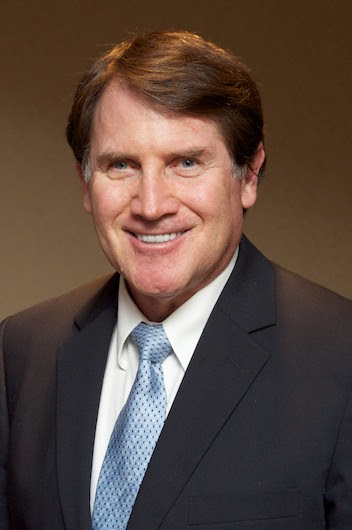The Novartis psoriasis drug Cosentyx has taken an interesting approach on use of a celebrity. Rather than have a celebrity alone plug a drug this new ad mixes Cyndi with regular folks. It makes her seem like just another psoriasis sufferer who happens to be a famous pop star rather than the celebrity spokesperson for a drug. The difference is subtle but important. You can see the add on ispot.tv.
Celebrities are a mixed bag when promoting a drug. They can be effective or polarizing depending on how they are used. Some recent celebrity campaigns illustrate that a celebrity can be the star as well as one of the cast. Jennifer Anniston is great in Shire’s disease ed ad Eyelove. She is clearly the star and although we know that she is acting she is warm, and believable.

“Cyndi Lauper comes across as sincere and believable.”
-Bob Ehrlich
Here, Cyndi Lauper is being used as a member of a community that suffers from an embarrassing condition. She is not even identified with her last name but most of us would remember her, at least those over 40 years old. I like the approach which puts a celebrity with us regular folks rather than lecturing us as the obvious paid spokesperson.
Most of us know that a celebrity is not usually a knowledgeable medical expert. Having a celebrity tell us about a drug therefore has risks that we see them as paid endorsers who may not really use or like the product. In this Cosentyx ad, however, Cyndi Lauper comes across as sincere and believable. She is one of three psoriasis sufferers in the vignette ad and her presence gets attention without being dominant.
This is not the only ad to blend real people with celebrities. Enbrel does a nice job using golfer Phil Michelson with a regular person to discuss psoriatic arthritis. Both Enbrel and Cosentyx appear to recognize that celebrity use may be enhanced by toning down their star power by mixing them in with regular folks. That works in these two cases and I am not saying a celebrity cannot work being the sole presenter. My view is celebrities work well for disease education as the sole presenter because they are believable in highlighting a disease or condition. When you plug a brand, however, they may become less credible carrying the message. That does not mean it will not be effective just that it takes the right celebrity to be a sole branded spokesperson.
We all remember Sally Field was great plugging osteoporosis drug Bonita and Blythe Danner pulls it off for Prolia. There is no hard rule when you should use the celebrity as the star or mix them in with real folks. Consumers can tell, however when a celebrity is just hawking a product for money versus actually a user or concerned about a disease. There are many who make living hawking dubious products and it is obvious they have little concern about the product efficacy.
The Cosentyx campaign “See Me” has been working well for the last two years and has done good work adding celebrity Cyndi Lauper while maintaining its core strategy and executional style.


No comments yet.